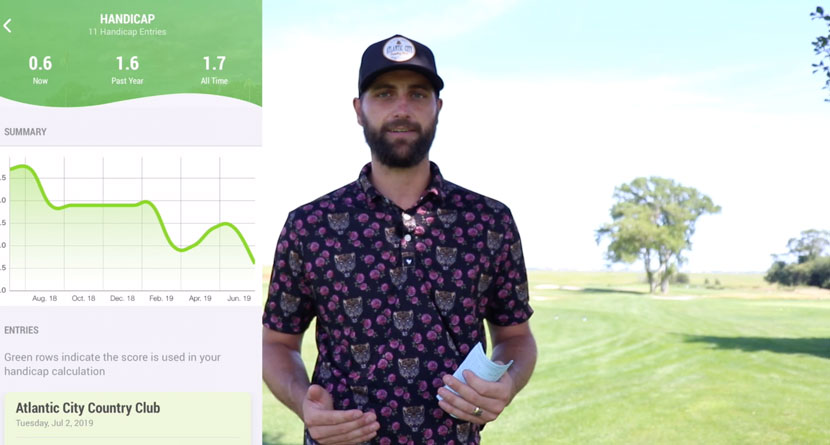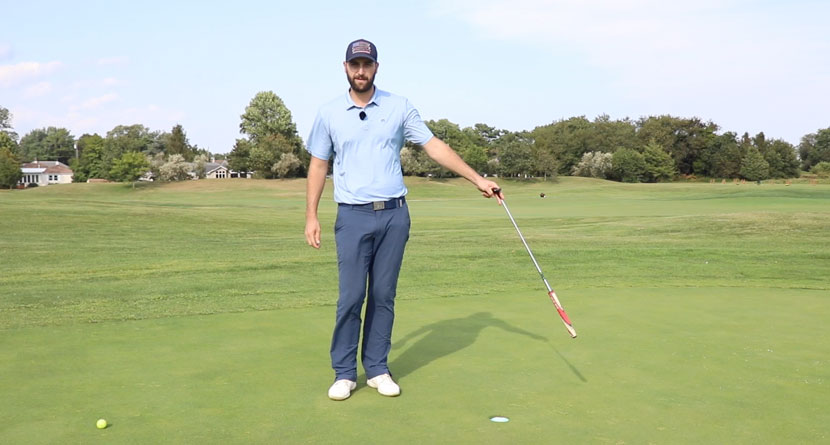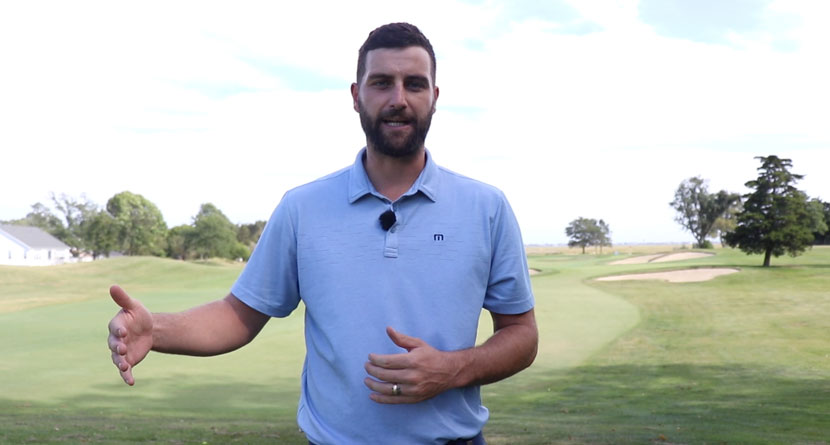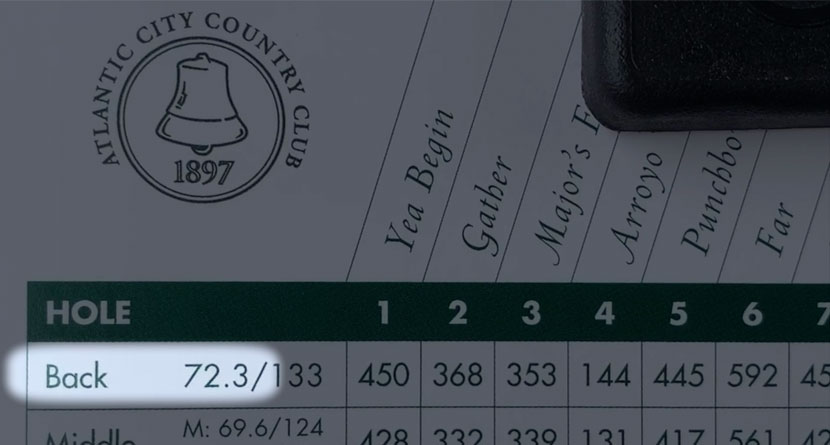Under Rule 9.2, the “known or virtually certain” standard (meaning at least 95% likely) will apply to all questions of fact about why a ball at rest moved:
- A player, opponent or outside influence will be found to have caused the ball to move if the player, opponent or outside influence was known or virtually certain to have caused it to move; otherwise, it will be assumed that natural forces caused it to move.
Reasons for Change
The weight of the evidence test is often difficult to apply in ball moved situations:
- Many competing factors need to be balanced, such as what the player did near the ball, the lapse of time before the ball moved, the lie of the ball, the slope and other course conditions near the ball and the presence of wind or weather conditions, and
- There is no prescribed way of prioritizing or balancing these factors.
The “known or virtually certain” standard will be simpler to apply because it will eliminate most “close calls” where it is hard to know for sure why the ball moved.
This Rule change also means that only the single standard of “known or virtually certain” will be used for all ball moved questions, rather than the situation under the current Rules where different standards apply in deciding whether an outside influence moved a ball or whether the player or opponent did so.













